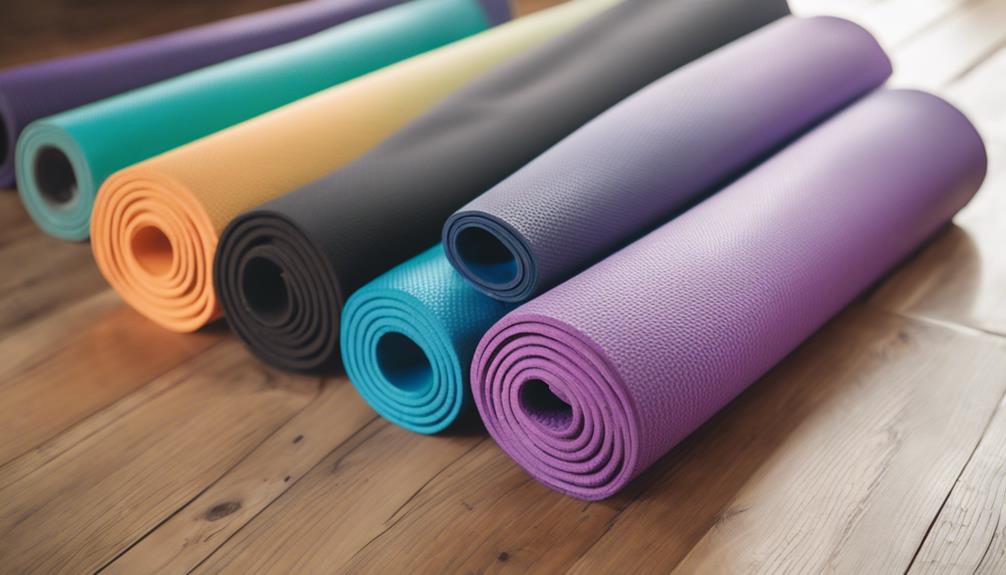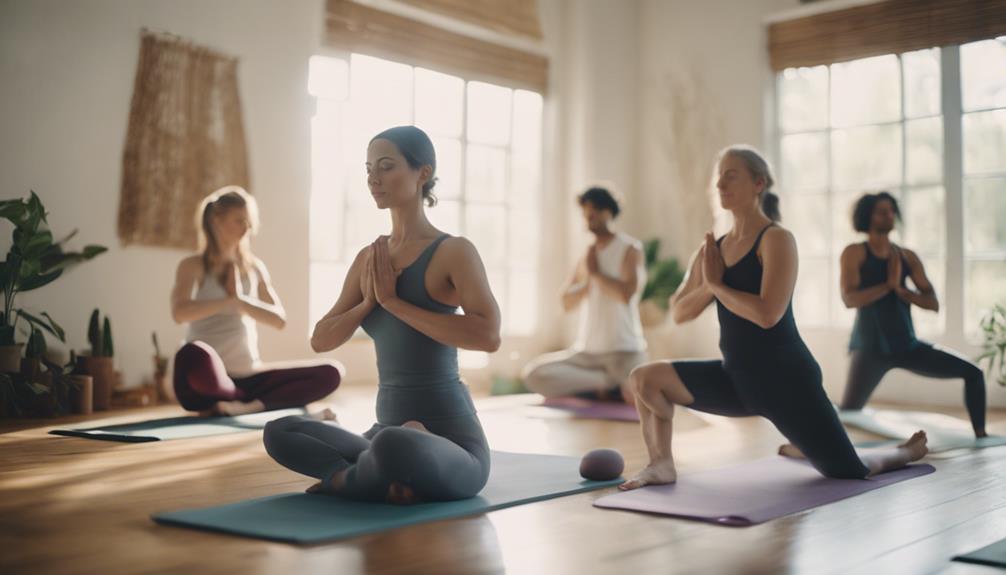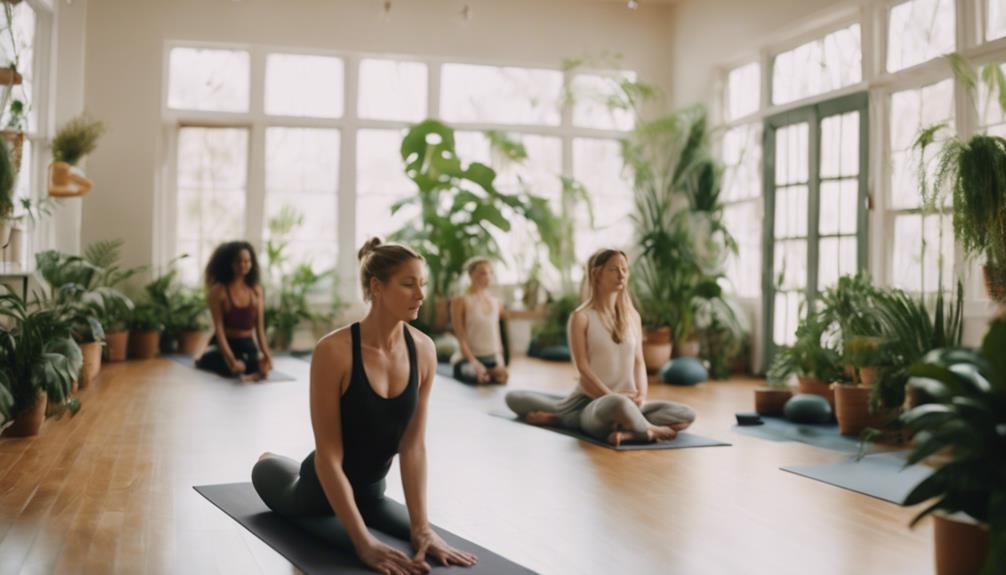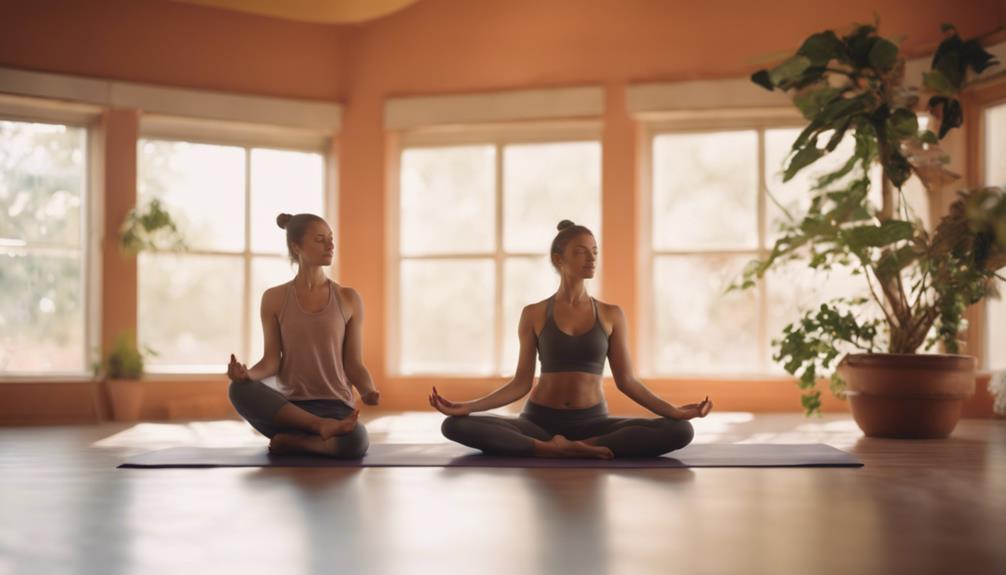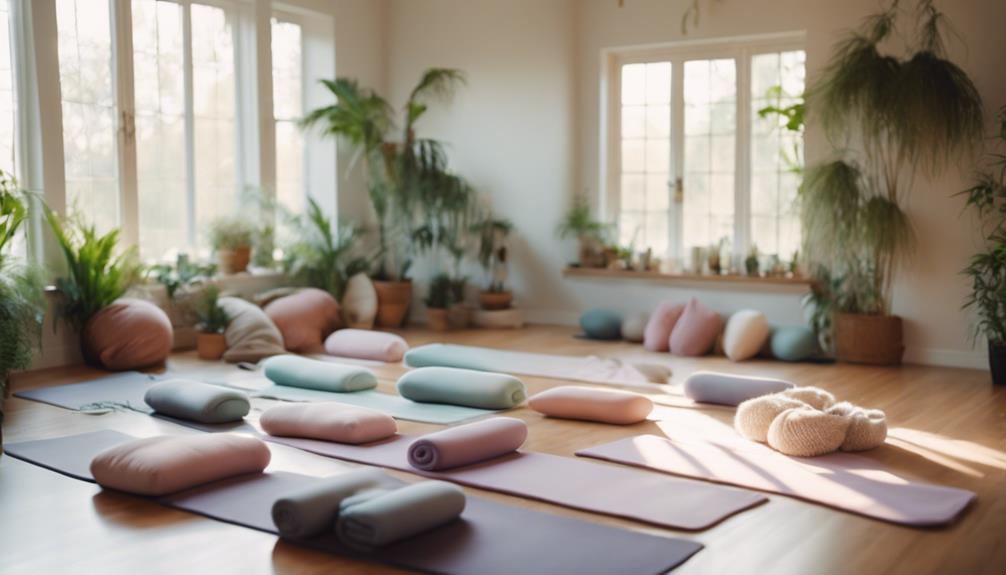
Yoga is often celebrated as a serene practice that enhances flexibility, promotes relaxation, and encourages mindfulness. However, for those who are new to yoga or returning after a hiatus, the experience might not be all sun salutations and blissful stretches. You might be wondering, “Can yoga make you sore?” If you’ve ever felt that delightful yet challenging post-yoga ache, you’re not alone! Let’s dive into this topic and explore how this ancient practice can lead to a little soreness and what it means for your body.
Feeling the Stretch: Can Yoga Leave You a Little Sore?
Yoga is fundamentally about movement and stretching, which can certainly put your muscles to the test. When you engage in various poses, especially if they are challenging or new to you, your body is activated in ways it may not be accustomed to. Consequently, you might experience a phenomenon known as delayed onset muscle soreness (DOMS). This delightful discomfort often appears a day or two after your practice, signaling that your muscles are adapting and strengthening. So, if you’re feeling a little sore after those intense downward dogs or warrior poses, take it as a badge of honor indicating that you’re pushing your limits!
Moreover, the very essence of yoga involves holding poses for extended periods and moving through flowing sequences. This type of static and dynamic stretching can elongate and challenge your muscle fibers, leading to tiny microtears. While that sounds alarming, it’s a natural part of building muscle strength! Your body is resilient, and with time, those sore muscles will adapt and grow stronger, allowing you to deepen your practice. So, don’t be alarmed by that twinge in your hamstrings or the tightness in your shoulders; it’s simply your body’s way of saying, “I’m evolving!”
Lastly, it’s crucial to acknowledge that the intensity of your yoga practice can greatly influence your level of soreness. Not all yoga classes are created equal! A gentle Yin or restorative yoga session may leave you feeling relaxed and rejuvenated, whereas a vigorous Vinyasa or Ashtanga class could leave your muscles singing a different tune. Listen to your body and find the balance that works for you. Your yoga journey is uniquely yours, and there’s no rush to achieve every pose perfectly. Embrace the process, and if soreness comes along for the ride, it’s just part of the adventure!
Embrace the Burn: Discover Yoga’s Surprising Side Effects!
While soreness might be one of yoga’s more common side effects, it’s just the tip of the iceberg when it comes to the myriad of benefits that can come from a regular practice. One of the most delightful surprises is improved flexibility. As your muscles adapt to the movements, you may find that poses become easier, and your range of motion increases. This newfound flexibility can enhance your overall physical performance in daily activities and other workouts, making you feel more agile and lively!
Additionally, yoga can bolster your mental resilience. That initial discomfort you might feel during those challenging poses teaches you to breathe through the burn and maintain focus. This mindset can translate into other areas of your life, fostering a greater sense of perseverance when facing obstacles. You might find yourself feeling calmer and more centered, even off the mat, as you embrace the idea that discomfort is often part of growth. What a wonderful way to learn that life’s challenges can be met with grace and strength!
Moreover, practicing yoga can improve your balance and coordination, which may come as a pleasant surprise. Many poses require you to engage your core and stabilize your body in ways you may not have previously considered. As your balance improves, you may also notice an increase in your confidence, both in your yoga practice and in other physical activities. So, while that post-yoga soreness might lead to a few winces and groans, remember it’s also paving the way for a more balanced, flexible, and resilient you!
In conclusion, while yoga can indeed leave you feeling a little sore, it’s essential to view this as an opportunity for growth rather than a drawback. The discomfort is merely a sign that your body is adapting and transforming. So, embrace those post-practice twinges as you deepen your connection to both your body and mind. With regular practice, you’ll not only become more flexible and strong, but you’ll also discover a sense of calm and resilience that extends beyond the mat. Remember, every twist, turn, and stretch is part of your unique journey—so roll out that mat and let the adventure continue!
